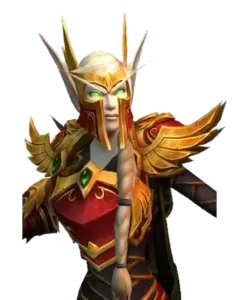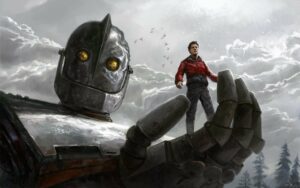
The term ‘robot’ was first coined over 100 years ago by the renowned Czech play author, Karel Capek. Robot came from the Czech word robota which means ‘forced labor’.
This definition is inspired by the idea that these man-made machines are created to do complex duties that a normal human cannot perform. The success of Capek’s play, RUR (Rossum’s Universal Robots), marked the word robot and is known to us now even after a century.

Despite robots being considered man-made or lifeless, they still have a relevant history. Way back in the Stone Age and the Bronze Age, humans have been endlessly researching new ideas as to how to make work (and warfare) convenient. Thus numerous brilliant inventions sprouted through the years. Wheels and carts, for example, made transportation and luggage easier. Pulleys and ropes make lifting heavy materials easily. Sundials and hourglasses made time existent.
With newer discoveries of elements and more industrialization, automated machinery started to boom. Robotic arms are used to get to hard-to-reach places, automated lifts are used to carry crates, industrial cranes align towers and foundations, and so on. Robots have made their place both in the consumer industry and military applications today.

But let us not forget that robots initially came from an artistic idea about man-made machines dominating the world. That is why robots are also depicted in novels, movies, and video games. The TV series and movie Transformers tell a story about robotic beings from another planet that took shape on vehicles and machinery on Earth. Astro Boy, a Japanese animated film, tells us a story about a boy reincarnated into a robotic body. The action-packed movie Terminator depicts a future Earth where robots are ruled and humans are oppressed. Truly robots have been a very popular choice of topic for sci-fi movies, novels, and games.
Robots, despite being machines, are good partners for human daily tasks. Most robotic machines are given manufacturing names or model names to distinguish them from other robotic models—just like how newer cellphone models have a different name from the old ones. Needless to say, how should we name robots in the first place?
Take a look at our five (5) creative ways of formulating your robot names.
Robot names can be made from acronyms describing the robot’s capability or attributes. To do this, think of your robot’s capability or programmed configuration. Then try to come up with good acronyms for the description. For example, you can name your robot CLDM-2000 (Child-like Decision Maker 2000 series) if you want a robot programmed to do small child-like decisions.
Cool robot names can be derived from technology terms. For example, you can name your car robot Overdrive, or your automated robot arm Bolt or Nuts. You can even use terms like Copper, Zap, Crane, Floppy, or Wire as robot names as long as they are related to technology. You may also take inspiration from most names under this category from the show Transformers.
Puns are one of the creative ways to create robot names. You can surprisingly arrive with witty or funny robot names just by using puns. Anne Droid is a good example of a robotic pun name. Devious words are words that can be spelled with letter sounds instead of their actual spelling. For example. the robotic name XLR8 is a devious term for the word accelerate.

To make your robot name more creative, unique, and personalized, you can create names by using random letters and number combinations that may (or may not) have meaning for you. A combination of letters and numbers is a common method to create serial IDs for most machinery, so why not use it for your next robot name? For example, you can name a robot A1, which secretly means April 1, or April Fools—or name a robot EC-124-25A which has no definite meaning.
Using Name generators is the easiest way to create robot names. You can select from many readily-available name suggestions from a name generator and use it at your disposal. Robot name generators suggest names that follow common robot naming conventions.